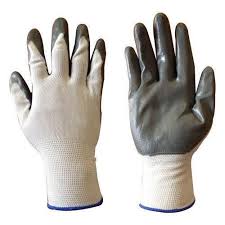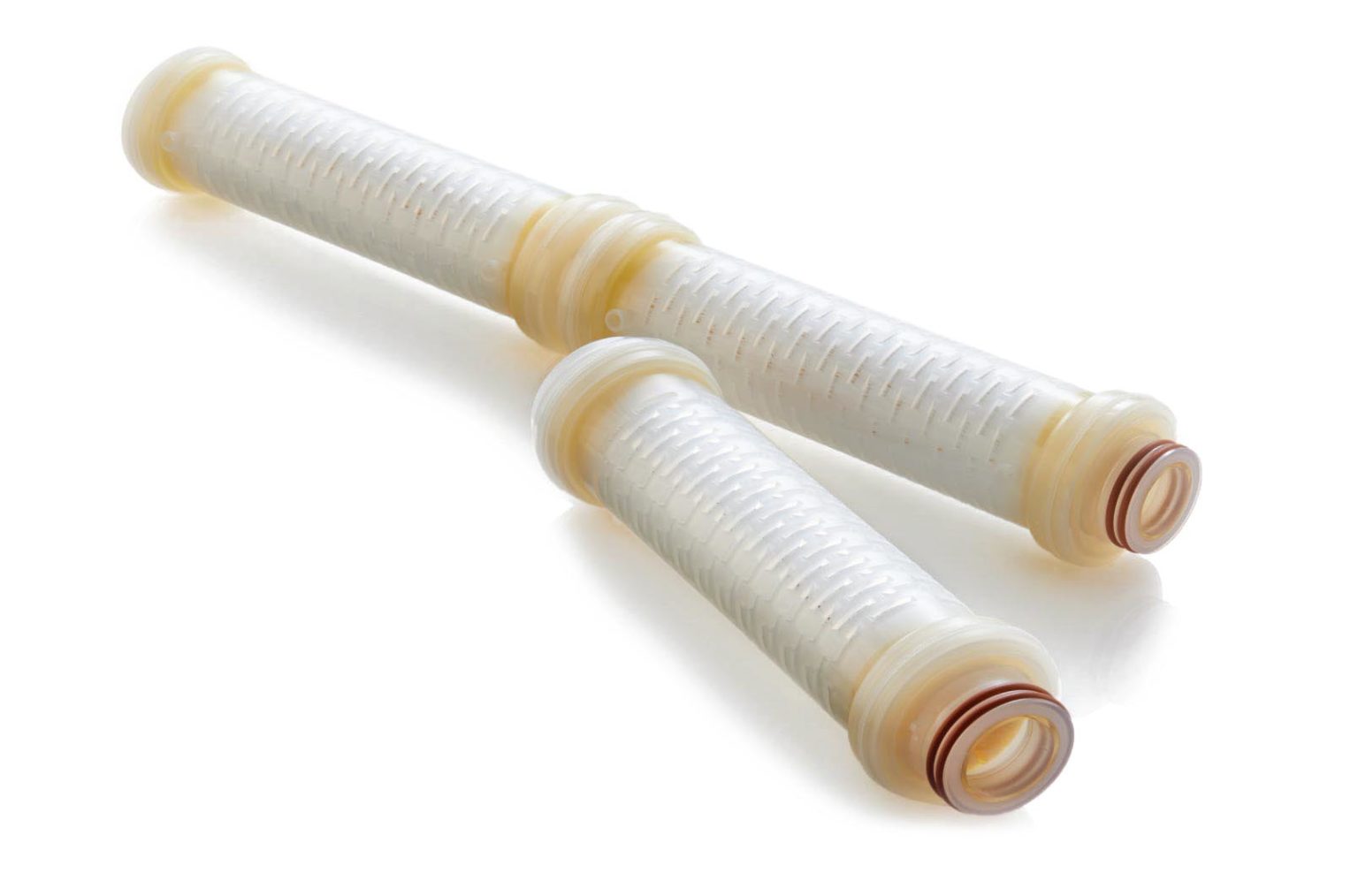Global Foot Orthotic Insoles market is estimated to reach $4960.5 Million by 2031; growing at a CAGR of 5.6% from 2024 to 2031.
The Global Foot Orthotic Insoles market encompasses the industry dedicated to manufacturing and selling orthotic insoles designed to enhance foot comfort by providing support and aligning the biomechanical system. These specialized inserts cater to a variety of foot discomforts, offering relief for common issues such as plantar fasciitis, flat feet, or general foot pain from prolonged standing or walking. Market leaders are continually striving to innovate by utilizing high-tech materials and ergonomic designs to meet the evolving needs of consumers. The growing awareness of foot health and the rising prevalence of conditions requiring orthotics have resulted in increased demand for foot orthotic insoles in recent years, a trend expected to continue as the global population ages and foot-related issues become more common.
Changes in the dynamics of the foot orthotic insoles market include evolving consumer preferences for comfortable footwear, advancements in material sciences leading to lightweight and durable products, and escalating healthcare expenditures emphasizing preventative care. Regulatory standards have also played a significant role, shaping product development and market entry as orthotic insoles must adhere to safety and efficacy standards in various countries. Industry participants, ranging from multinational corporations to niche producers, are engaged in fierce competition to develop unique products through new innovations and effective marketing strategies. Market segmentation caters to different needs and preferences of consumers, offering orthotic insoles for sporting performance, daily comfort, and therapeutic use. With ongoing advancements in biomechanics and material sciences, the global foot orthotic insoles market is poised for further growth, enabling the development of tailored orthotic solutions to meet a wide range of customer needs. Educational efforts aimed at raising awareness among consumers about the importance of foot health and the benefits of orthotic support are expected to drive market expansion. Technology will play a key role in the future of the industry, as manufacturers focus on enhancing user experience while addressing emerging health issues related to foot disorders. Positioned at the intersection of healthcare and consumer goods sectors, the Global Foot Orthotic Insoles market is dedicated to enhancing foot health and quality of life through innovative orthotic solutions. Driven by technological innovation and shifting consumer demographics, this dynamic market is well-equipped to meet the growing demand for high-quality foot care solutions in the years to come.

GROWTH FACTORS
The growth factors of the Global Foot Orthotic Insoles market are driven by technological advancements and the increasing awareness of foot health. These advancements allow for more customized and effective orthotic solutions to be provided to meet the diverse needs of consumers. Additionally, the rising prevalence of foot disorders worldwide is fueling the demand for orthotic insoles, further contributing to the market's growth. However, challenges such as regulatory issues and strict approval processes may hinder market expansion. Variations in international standards pose compliance challenges for manufacturers looking to enter new markets, while the high cost of advanced orthotic technologies presents barriers to entry, particularly in developing economies.
On the other hand, the introduction of new smart technologies and materials presents additional business opportunities in the Global Foot Orthotic Insoles market. Smart orthotic insoles equipped with sensors and data analytics capabilities are set to revolutionize foot health monitoring and treatment, offering personalized insights and real-time feedback to users. This technological innovation not only enhances user experience but also appeals to technology-savvy consumers seeking proactive health solutions. Furthermore, advances in 3D printing technology hold the potential for mass-scale personalization of orthotic insoles based on individual anatomy and specific medical conditions, promising improved comfort and therapeutic benefits. This expansion of market touchpoints beyond traditional healthcare settings into sports, leisure, and everyday use signifies a bright future for the Global Foot Orthotic Insoles market, driven by rapid technological advancements and growing health.

MARKET SEGMENTATION
By Type
The global foot orthotic insole market differentiates itself based on type, with a segmentation into Pre-fabricated and Custom-made varieties. The growth of this market is expected to be significant due to the availability of these types. Pre-fabricated insoles, produced on a mass scale and generally more affordable, cater to the needs of consumers seeking solutions for common foot problems. Conversely, customized insoles cater to individuals with specific foot profiles and unique biomechanical requirements. As consumer demands increase for comfort and high performance tailored to their needs, the market is projected to expand rapidly with advancements in technology enabling accurate customization through digital footprint scans and biomechanical analysis. Market dynamics will be influenced by innovative materials and manufacturing techniques, leading to lighter, more durable, and environmentally friendly orthotics. Companies leveraging technologies like 3D printing and sustainable materials gain a competitive advantage by meeting the functional and sustainability expectations of informed consumers.
By Material
Global Foot Orthotic Insoles plays a vital role in the orthotic solutions industry, meeting the evolving demands of consumers worldwide. The market for orthotic solutions, specifically insoles for foot comfort and biomechanical correction, is categorized by material type: Thermoplastic, Composite Carbon Fiber, and Other materials. Each material offers unique benefits that cater to different consumer needs and medical applications.
The demand for thermoplastic materials is expected to be high due to their soft and flexible nature, providing personalized support as they conform to the wearer's foot over time. This not only enhances comfort but also effectively corrects alignment issues such as pronation or supination. On the other hand, Composite Carbon Fiber is projected to see significant growth, especially in athletic and performance-oriented orthotic insoles. As the global interest in sports and fitness continues to rise, the demand for lightweight yet durable materials like Composite Carbon Fiber is expected to increase, expanding market opportunities. Additionally, alternative materials such as foam-based materials, gel inserts, and sustainable options like recycled textiles cater to specific consumer preferences, including eco-consciousness and enhanced cushioning. Looking ahead, the orthotic solutions market is poised for innovation with the introduction of biodegradable materials and smart textiles that offer real-time foot monitoring and adjustment, merging technology with foot care solutions.
By Distribution Channel
Moving forward, the Global Foot Orthotic Insoles market within the realm of orthotic healthcare is poised to make significant advancements and innovations. Custom orthotic insoles play a crucial role in providing comfort and support for various foot conditions, ranging from flat feet to plantar fasciitis. These products are expected to reach a wide audience through distribution channels such as Drug Stores, Hospitals & Clinics, among others. The future of orthotic insoles lies in the development of more resilient and adaptive materials to cater to diverse consumer needs, ultimately leading to the concept of "performance comfort." With the ability to track foot health metrics in real-time, users will be encouraged to prioritize self-care, enhancing the overall consumer experience.
With an increasing focus on preventive care across different age groups, the demand for effective orthotic solutions is on the rise. Manufacturers are shifting towards sustainable materials to align with global environmental practices. The integration of artificial intelligence into the design and customization process of orthotics will revolutionize the consumer experience by creating personalized insoles tailored to specific anatomical needs and gait patterns. Advanced imaging technologies like 3D scanning will streamline the fitting process in hospitals and clinics, ensuring precise and comfortable orthotic adjustments. Orthotic insoles will become more accessible through retail channels like drug stores, making them readily available for quick relief and preventive care options. As the market continues to evolve, regulations are expected to become more stringent to uphold product safety and effectiveness, ultimately reinforcing consumer confidence and market growth. Collaborative efforts between healthcare providers, researchers, and manufacturers will drive continuous enhancements in the field of orthotic insoles, paving the way for improved therapy and patient satisfaction.
REGIONAL ANALYSIS
The global Foot Orthotic Insoles market is influenced by various regional factors that contribute to its overall growth and development. Understanding the differences across geographies is crucial to identifying future trends and opportunities within the market. In North America, countries like the United States, Canada, and Mexico hold a significant share of the market due to a higher prevalence of foot disorders and a well-established healthcare infrastructure that supports advanced orthotic solutions. The increasing demand for customized orthotic insole products reflects a growing awareness of foot health among the population in this region.
In Europe, technological advancements in orthotic treatments and the use of new-age materials for manufacturing insoles are driving market trends. Countries such as the UK, Germany, France, and Italy are witnessing a rise in demand for orthotic solutions due to an aging population and an increase in prevalent diseases. The market in Asia-Pacific is also experiencing significant growth, fueled by urbanization and lifestyle changes that lead to a higher incidence of foot-related issues. Government initiatives promoting accessibility and affordability of healthcare further contribute to the expansion of the market in this region.
South America, particularly in countries like Brazil and Argentina, is showing promise for the Foot Orthotic Insoles market due to increasing healthcare expenditure and better infrastructure. The growing awareness of foot health and the rise in participation in sports and fitness activities are driving demand for orthotic solutions. Meanwhile, the Middle East & Africa region is gradually developing its market for orthotic insoles, supported by an increase in healthcare facilities, disposable incomes, and a shift towards preventive healthcare practices. As the global market continues to evolve, innovations in material science, customization options, and digital healthcare solutions will play a crucial role in meeting consumer needs and expanding market boundaries. Market participants must adapt to regional variations and invest in local dynamics while staying aligned with global trends to remain competitive in the industry.

KEY INDUSTRY PLAYERS
The Global Foot Orthotic Insoles market is a highly competitive landscape, with numerous key players driving innovation and growth in the industry. Companies such as Dr. Scholl's, Superfeet, Implus, and Sidas are at the forefront of developing cutting-edge technologies to cater to the diverse needs of consumers. Each company has its unique strengths, with Dr. Scholl's focusing on comfort and support technologies, while Superfeet specializes in performance-oriented designs for athletes and active individuals.
Technological advancements play a crucial role in shaping the Global Foot Orthotic Insoles market. Companies like Implus and Sidas leverage advanced materials and manufacturing techniques to enhance the durability and functionality of their products. Meanwhile, OttoBock and Bauerfeind are known for their expertise in medical-grade orthotics, providing specialized solutions for targeted patient conditions. Customization is also becoming a significant trend, with Aetrex Worldwide and Powerstep leading the way in tailoring insoles to individual biomechanical requirements.
Partnerships and strategic alliances are becoming increasingly important in the Global Foot Orthotic Insoles market. Companies like Comfortfit Labs and Schelchen are collaborating with podiatrists and healthcare providers to integrate their products into curative programs for foot problems. Looking ahead, the market is expected to be influenced by advancements in material science, digital technologies, and evolving consumer preferences. Smart insoles that offer real-time biomechanical feedback and personalized health monitoring are likely to shape the future of the industry.
REPORT SCOPE AND SEGMENTATION
|
Attributes |
Details |
|
Market Size By 2031 |
USD 4960.5 Million |
|
Growth Rate |
CAGR of 5.6% |
|
Forecast period |
2024 - 2031 |
|
Report Pages |
250+ |
|
By Type |
|
|
By Material |
|
|
By Distribution Channel |
|
|
By Region |
|
|
Key Market Players |
|



_page-00014.jpg)
_page-000159.jpg)
_page-000158.jpg)
_page-000157.jpg)






 APAC:+91 7666513636
APAC:+91 7666513636





